Tiwa Select New York space opens with exhibition by Megumi Shauna Arai
Tiwa Select debuts first IRL New York space, showing Megumi Shauna Arai’s ‘Moments of Fulfilment’

There can often be a jarring disconnect between the digital and in-person realms, but in the case of Tiwa Select, the online curatorial platform dedicated to craft and self-taught makers, experiencing its collection in the flesh in its first brick-and-mortar space in New York City adds a new facet to its already dynamic domain. Situated in a former olive oil factory on the border of Little Italy in Manhattan, Tiwa Select’s inaugural space celebrates history, heritage and idiosyncrasy in the same way its artists’ work does.
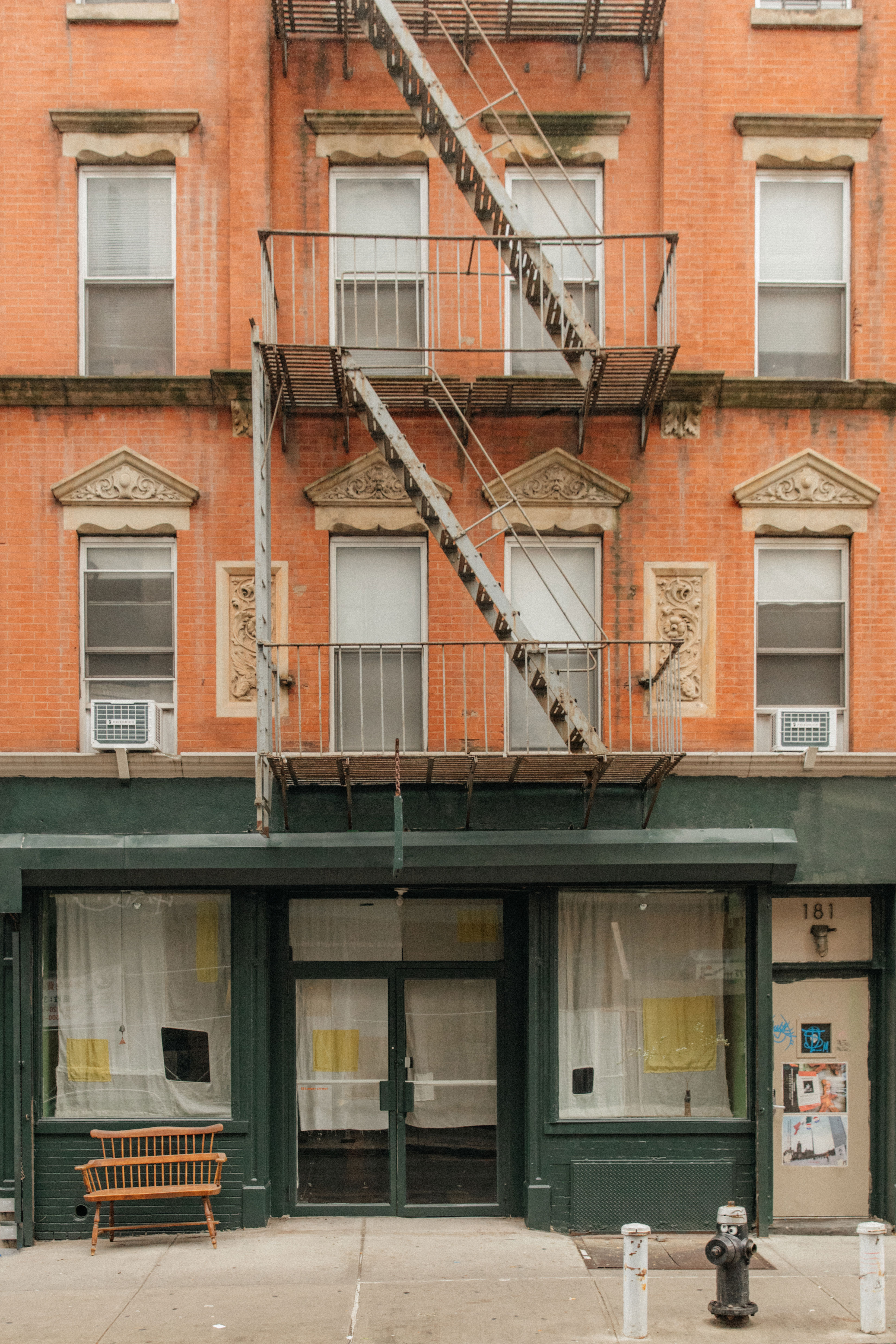
The exterior of Tiwa Select New York gallery at 181 Mott
As soon as one crosses the threshold, it’s immediately apparent that this is not a typical gallery setting. The moody ground-floor space, which is tucked behind a pair of nondescript glass doors, has been painted a specific shade of green (coined by Disney as ‘go away green’) to help mask things like electrical sockets and light switches from view. Ethereal patchwork curtains, handsewn by textile artist Megumi Shauna Arai, are delicately suspended in the space’s front windows – each with a large peephole for passers-by to peek through, hinting at the magic and mystery that lies beyond.
It is in such a setting that the self-taught Arai unveils a new body of large-scale textile works. Titled ‘Moments of Fulfillment’, the exhibition showcases Arai’s take on boro, the Japanese patchwork tradition of using fabric and material scraps to tell a story. The assemblages, which are composed from Arai’s collection of antique Japanese and European textiles, as well as her experiments with botanical dyes on textiles, are further framed on Japanese folding screens, or hung as noren (fabric dividers that often appear in doorways or across windows) to serve as points of reflection and contemplation of the seasonality and cadence of life.
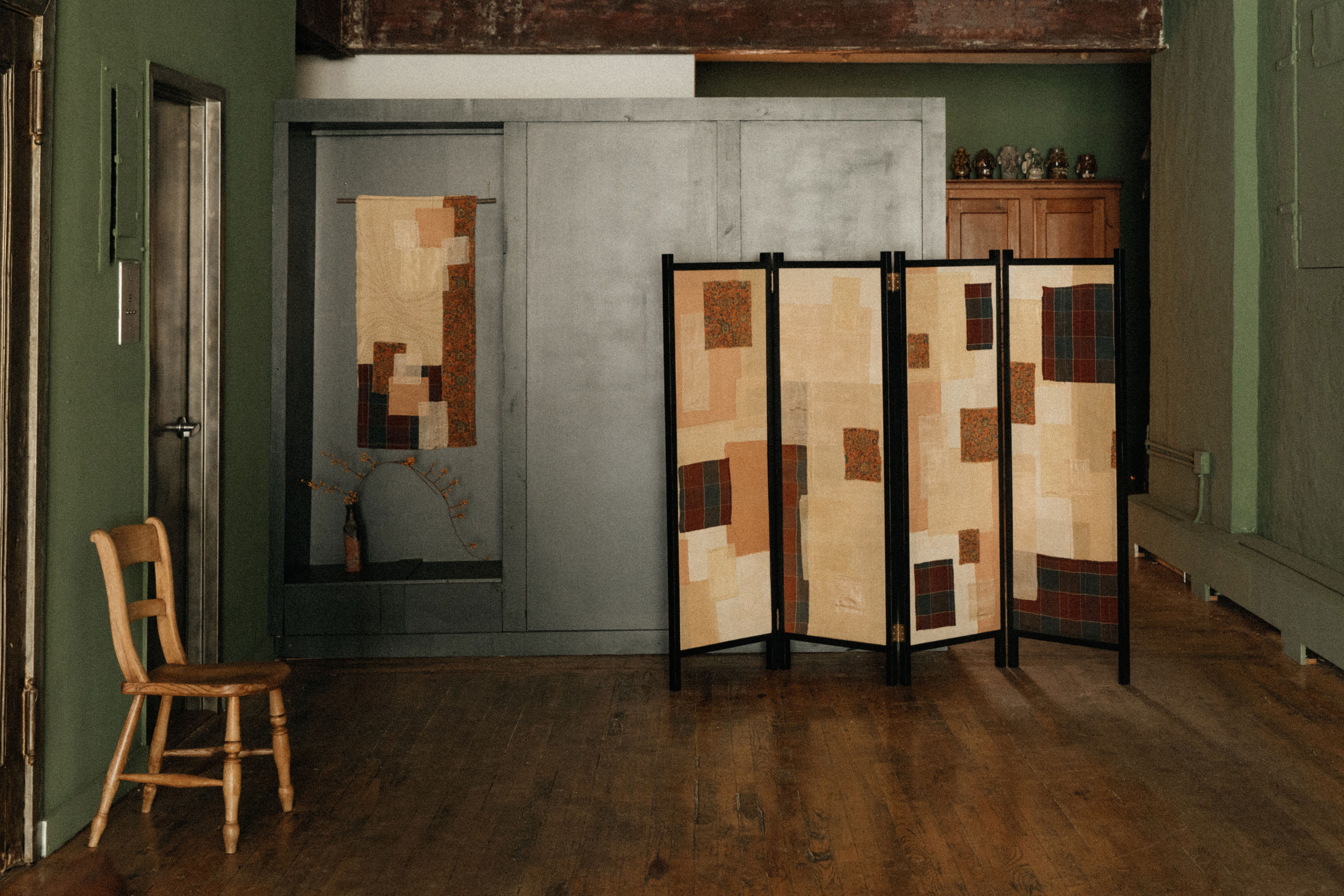
Left to right: ‘Moment 7’, ‘Moment 8’, both by Megumi Shauna Arai, 2022; vase by Andrée Singer Thompson, 2021; face Jugs by Jim McDowell, 2020-2022
‘Megumi was the first artist I ever asked to work for Tiwa Select,’ recalls founder Alex Tieghi-Walker. ‘Because of her process, Megumi can only work at a certain pace. It isn’t like southern patchwork, where material is coupled together. The work incorporates found materials. Megumi sources all the different dyes, she’s foraging for the branches that the pieces hang from, she’s dying the thread that she embroiders with – every element of these pieces is a process. People talk about the slow food movement, this is almost like a slow craft and design movement.’
Arai, who is of Japanese and Jewish heritage, first began working in the patchwork medium around 2016 but started to fully embrace natural dyes around 2018. ‘A lot has to do with palette and producing colour. That’s the whole first part of the process and there’s a lot of chance involved because it's unpredictable. From working with dyes for so long, I’ve now started to experiment with over-dyeing or using multiple processes so that chance still is involved. Once the palettes appear and are created, then it’s all really intuitive. The composition process is almost like a dance. Parts are moved again and again. It’s all based on feeling and balance, there’s no sort of plan from the beginning.’

The office at 181 Mott
In this show, which has been installed as several domestic vignettes, four palettes quickly emerged that led Arai to define the work by season. In ‘Winter’, textiles are dyed with sage, walnut and rosemary. In ‘Spring’, chamomile and rhubarb have been used to create delicate hues, while ‘Summer’ captures the vibrancy of nature through marigolds, dahlias and cosmos. For ‘Autumn’, dyes derived from chestnut, sumac and persimmon bring out a richness that is further enhanced by antique kimono fabric and other found textiles.
Tiwa Select’s inaugural effort is an exciting signal of what’s to come. ‘Part of my practice is finding out about new craft techniques and artists, and I’ve never explored the East Coast,’ Tigehi-Walker concludes. ‘I’m excited to learn about new techniques and explore new materials. I think people buy differently here on the East Coast than on the West Coast. There, I deal with a lot of interior designers and architects buying for clients, [whereas] the people in New York are clients themselves. They have a different engagement with the work, which I find rather exciting. I think because people have smaller homes, they think more about the objects they’re buying.’
Receive our daily digest of inspiration, escapism and design stories from around the world direct to your inbox.
‘Moments of Fulfillment’ is on view until 11 November 2022
Tiwa Select at 181 Mot
181 Mott St
New York
NY 10012

181 Mott windows; textile hangings by Megumi Shauna Arai, 2022

“Moment 9” by Megumi Shauna Arai, 2022 - Linen, silk and cotton; natural dyes from rosemary, sage, and walnut; antique Japanese textile and hand-stitched details; foraged wood branch
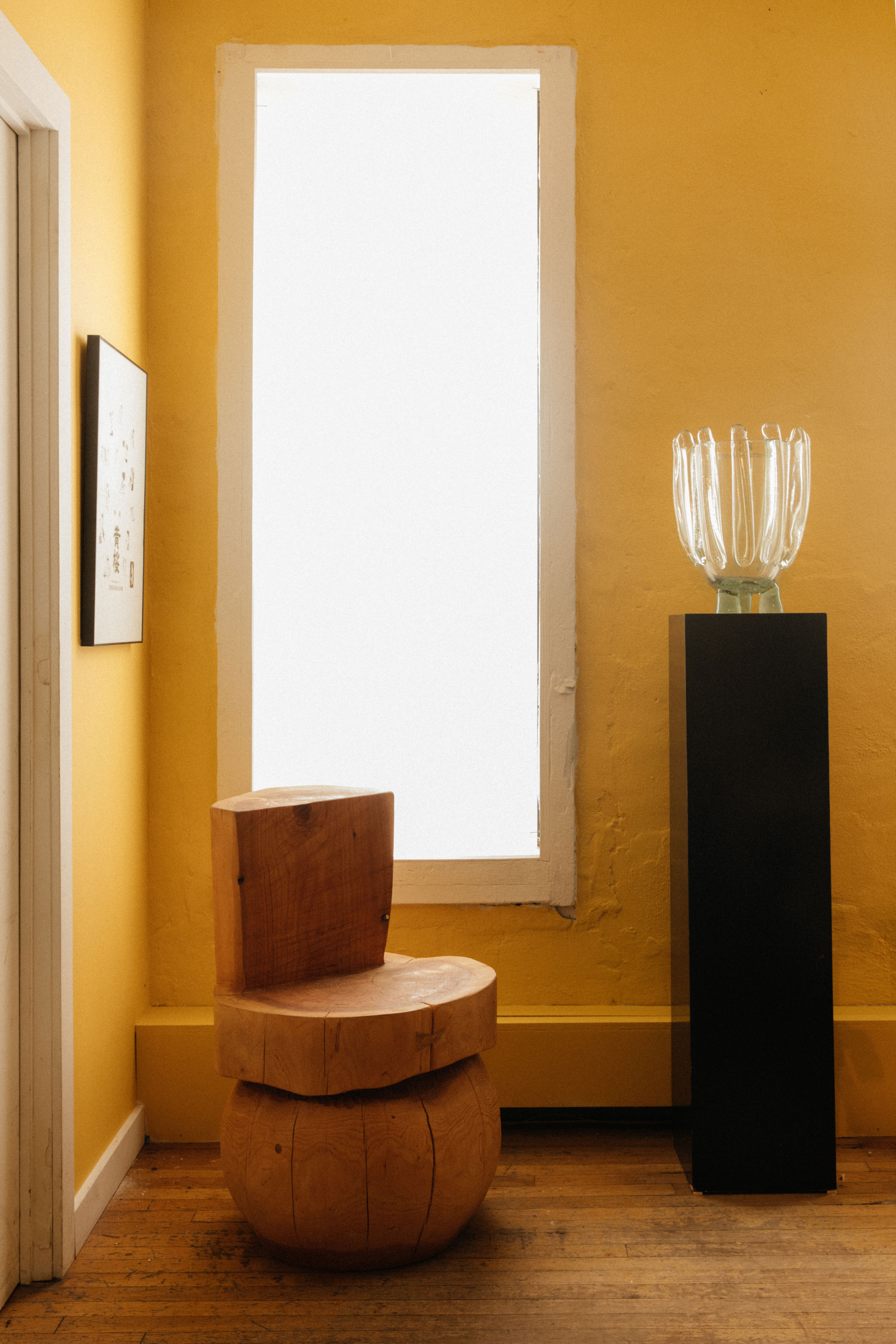
Office at 181 Mott. “7th Street Chair” by Vince Skelly; “Zostere” vase by Dana Arbib
Pei-Ru Keh is a former US Editor at Wallpaper*. Born and raised in Singapore, she has been a New Yorker since 2013. Pei-Ru held various titles at Wallpaper* between 2007 and 2023. She reports on design, tech, art, architecture, fashion, beauty and lifestyle happenings in the United States, both in print and digitally. Pei-Ru took a key role in championing diversity and representation within Wallpaper's content pillars, actively seeking out stories that reflect a wide range of perspectives. She lives in Brooklyn with her husband and two children, and is currently learning how to drive.
-
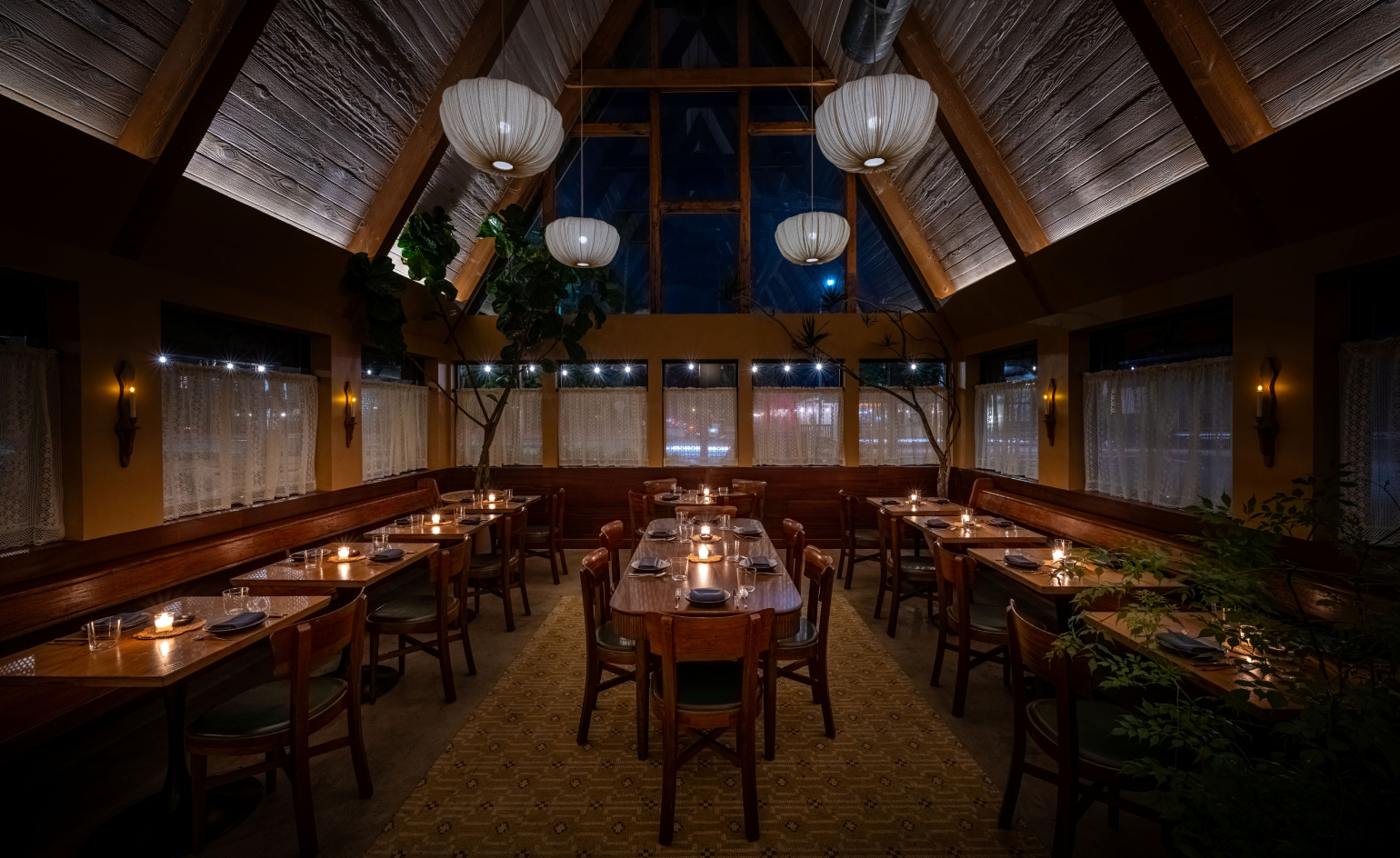 Chef Ray Garcia brings Broken Spanish back to life on LA’s Westside
Chef Ray Garcia brings Broken Spanish back to life on LA’s WestsideClosed during the pandemic, Broken Spanish lives again in spirit as Ray Garcia reopens the conversation with modern Mexican cooking and layered interiors
-
 Inside a skyrise Mumbai apartment, where ancient Indian design principles adds a personal take on contemporary luxury
Inside a skyrise Mumbai apartment, where ancient Indian design principles adds a personal take on contemporary luxuryDesigned by Dieter Vander Velpen, Three Sixty Degree West in Mumbai is an elegant interplay of scale, texture and movement, against the backdrop of an urban vista
-
 A bespoke studio space makes for a perfect architectural showcase in Hampshire
A bespoke studio space makes for a perfect architectural showcase in HampshireWinchester-based architects McLean Quinlan believe their new finely crafted bespoke studio provides the ultimate demonstration of their approach to design
-
 Meet Goodesign, the modular furniture studio with big dreams
Meet Goodesign, the modular furniture studio with big dreamsWallpaper* speaks to Emmanuel Popoteur, the self-taught designer behind New York’s Goodesign, a studio creating intuitive, adaptable furniture for modern living
-
 Five things we loved at ICFF this year
Five things we loved at ICFF this yearFrom ceramic sconces to inflatables, here's the furniture and lighting that caught our eye
-
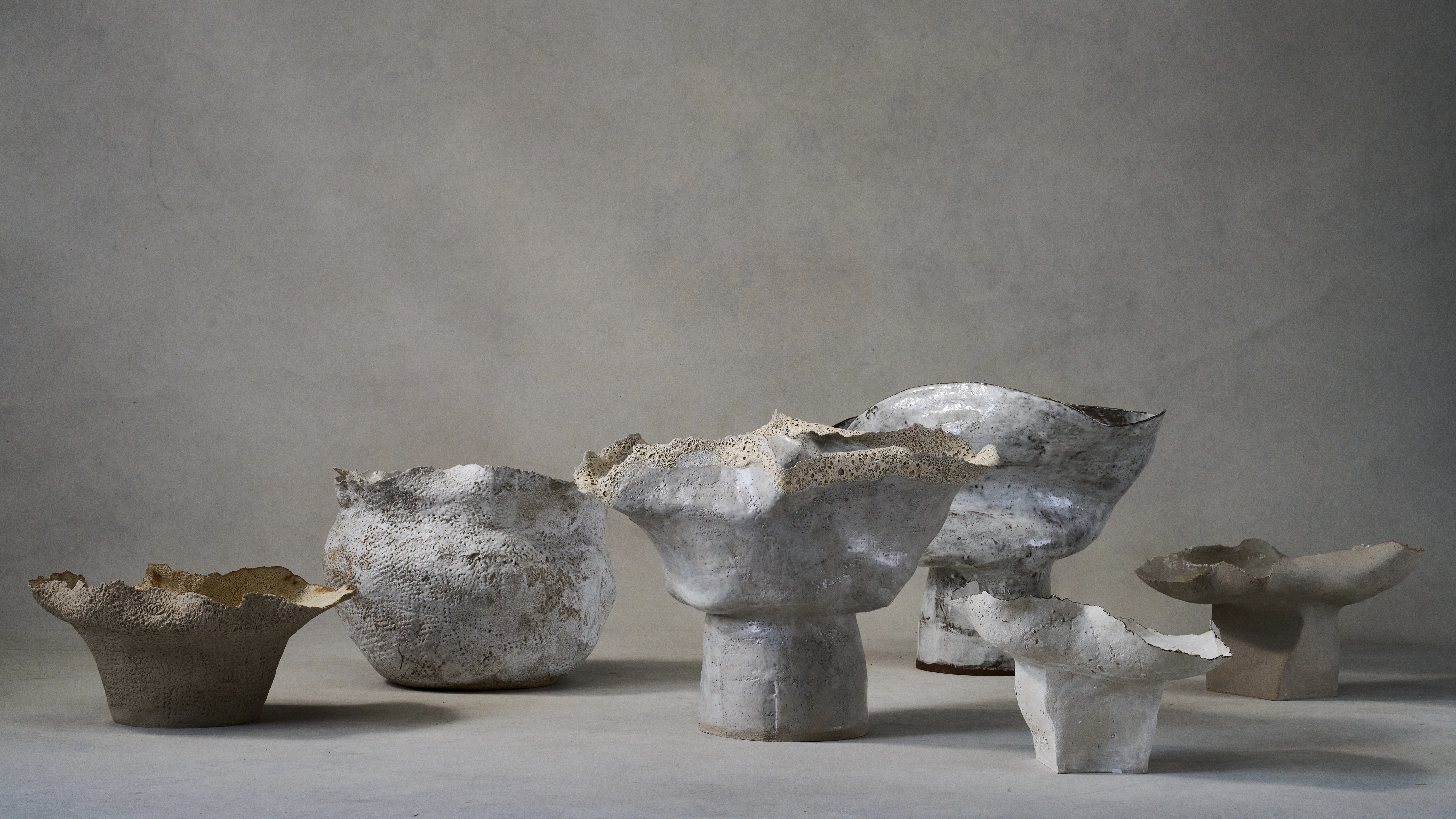 Ludmilla Balkis’ organic, earthy ceramics embody the Basque countryside
Ludmilla Balkis’ organic, earthy ceramics embody the Basque countrysideThe sculptor-ceramicist presents a series inspired by and created from found natural objects in a New York exhibition
-
 Designer Danny Kaplan’s Manhattan showroom is also his apartment: the live-work space reimagined
Designer Danny Kaplan’s Manhattan showroom is also his apartment: the live-work space reimaginedDanny Kaplan’s Manhattan apartment is an extension of his new showroom, itself laid out like a home; he invites us in, including a first look at his private quarters
-
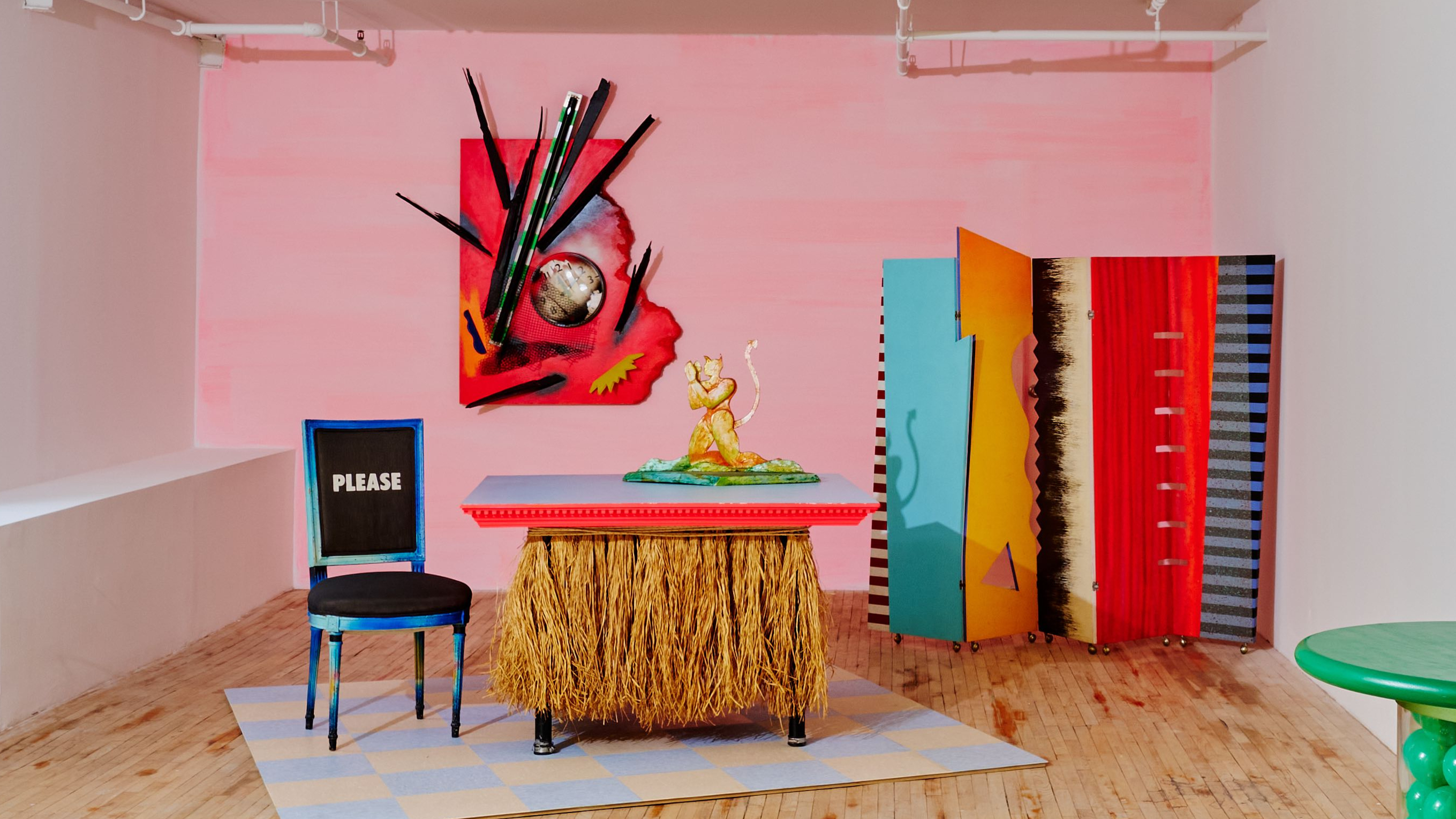 New Superhouse show captures the rebellious spirit of Dan Friedman’s Manhattan apartment
New Superhouse show captures the rebellious spirit of Dan Friedman’s Manhattan apartmentIn the late 1970s, graphic designer and artist Dan Friedman transformed his apartment into a Day-Glo laboratory of ideas. Now, a new exhibition at Superhouse in New York revisits his vibrant, rebellious world
-
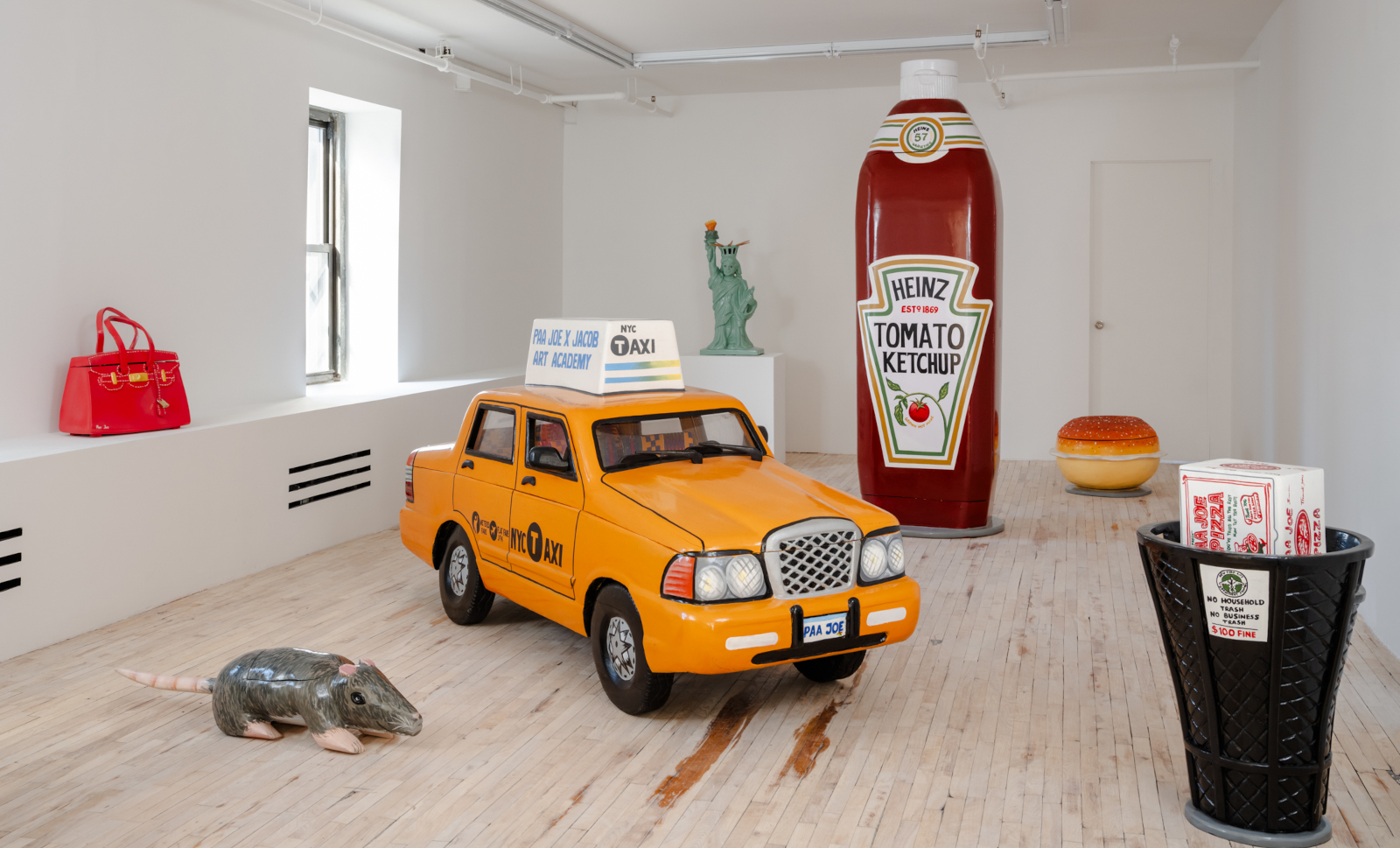 Taxi cabs and pizza boxes: New York icons are reimagined by Paa Joe at Superhouse Gallery
Taxi cabs and pizza boxes: New York icons are reimagined by Paa Joe at Superhouse GalleryNew York’s beloved tokens, from the Statue of Liberty to the classic yellow taxi cab, are reimagined by Paa Joe for Superhouse's inaugural show in New York, ‘Celestial City’
-
 Bathhouse Flatiron features atmospheric interiors by Rockwell Group
Bathhouse Flatiron features atmospheric interiors by Rockwell GroupIn NYC, Bathhouse Flatiron evokes the 'futuristic remnants of an ancient civilisation'
-
 Brooklyn’s Nine Chapel unveils interiors by Gubi
Brooklyn’s Nine Chapel unveils interiors by GubiDesigned by SO-IL, Nine Chapel in Brooklyn is a new residential tower with a model residence by Danish design brand Gubi